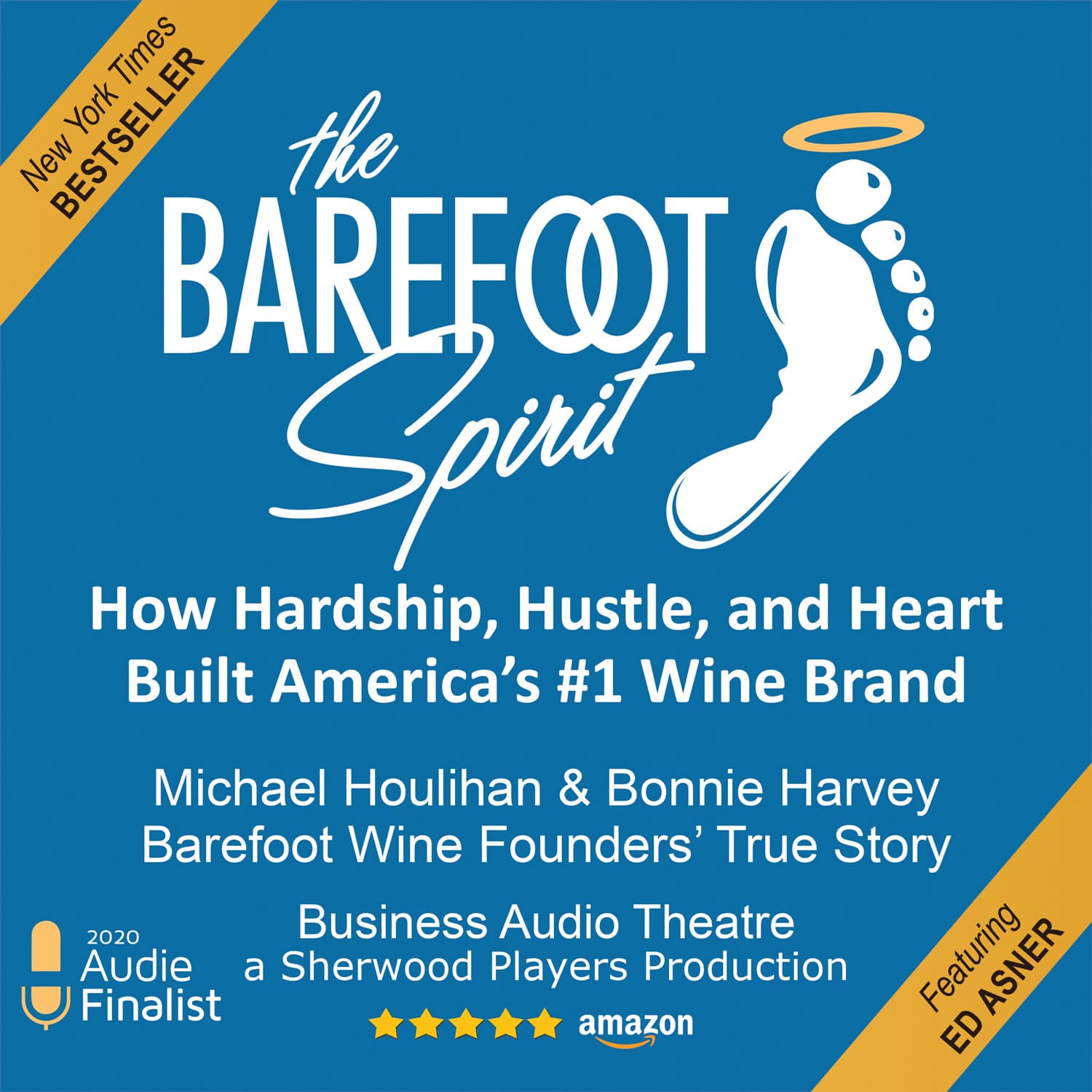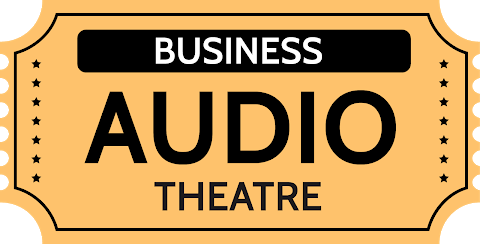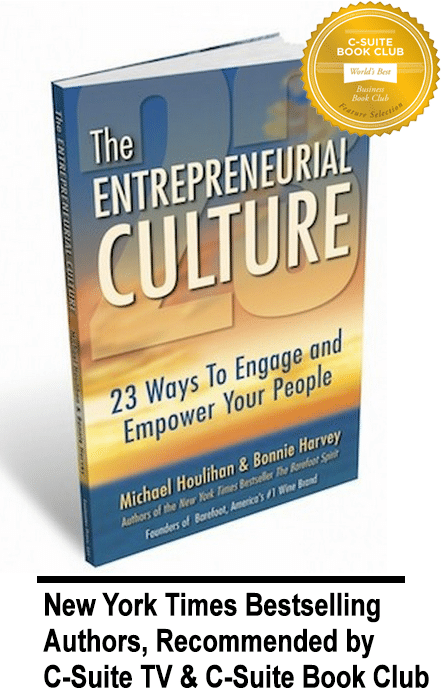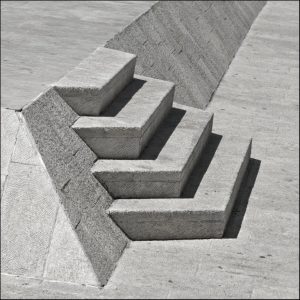
Start Up. This is the exciting phase when your business concepts are launched. First you must get through the pre-launch by raising enough capital to prove your concept. Then you must design, build, test and hone your product and marketing plan. Then you enter the real market. Here you discover the misconceptions you had regarding what your customer really wants, and what that means to your product, package and pitch. The speed of this early course correction is critical. You must make many expensive changes at a time when you are racing the clock to achieve a positive cash flow. Most studies put the start-up success rate at less than 1 in 7. The goal of the start up phase is to prove your concept and achieve positive cash flow before running out of funds – or losing control of the company through subsequent rounds of financing.
Build Up. Now that you have beaten the odds and achieved a positive cash flow, you must identify and sell a few large customers. This will keep you going long enough to overcome the challenges of personnel management, cash flow management and distribution management. This is a dangerous time for most businesses because you may have all your eggs in a few baskets. Sure, you have secured a big buyer enabling you to pay your bills, but now you must service that buyer or get discontinued. This increases the cost of sales and now you are trapped. With volume purchases over time, you become dependent and then the big buyer can coerce you to lower your prices – or worse, temp you to give up on your brand equity by becoming a mere supplier of the big buyer’s house brand. If this big boy discontinues you, you are out of business. The goal of the Build Ups is to increase cash flow, maintain profitability, build brand equity and prevent discontinuance by your biggest buyer.
Build Out. Here is where you expand your branded product into other markets. This will help you diversify, thereby reducing your dependency on any single buyer. And it will give your brand the geographical recognition it needs to command the respect of future buyers. It also provides you with the commercial proof that your brand is in demand in other markets. However, now you must support those sales with local representatives, resulting in a dramatic increase in the cost of sales – which threatens your profitability. The goal of Build Outs is to expand slowly enough to afford the increased cost of sales while properly servicing multi-state buyers.
Enterprise. At last you have achieved a national brand. Now you can reduce your cost of goods by getting discounts for larger bulk purchases. Now you have brand recognition and can become an acquisition target. But now you can also suffer from the loss of the entrepreneurial spirit. Your non-sales divisions start to act like the sales division is somehow below them. Employee engagement and innovation can take a hit. Turnover can increase as “professionals” begin to use your business as a stepping stone in their careers. The thrill of those start-up days in the garage is gone. The goal of the Enterprise stage of business is to capitalize on efficiencies without losing entrepreneurial spirit.
If you make it this far, you have gained great insights into business, as well as our heart-felt respect!
Who We Are
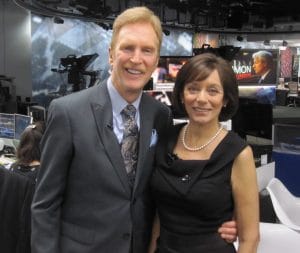
Michael Houlihan and Bonnie Harvey co-authored the New York Times bestselling business book, The Barefoot Spirit: How Hardship, Hustle, and Heart Built America’s #1 Wine Brand. The book has been selected as recommended reading in the CEO Library for CEO Forum, the C-Suite Book Club, and numerous university classes on business and entrepreneurship. It chronicles their humble beginnings from the laundry room of a rented Sonoma County farmhouse to the board room of E&J Gallo, who ultimately acquired their brand and engaged them as brand consultants. Barefoot is now the world’s largest wine brand.
Beginning with virtually no money and no wine industry experience, they employed innovative ideas to overcome obstacles, create new markets and forge strategic alliances. They pioneered Worthy Cause Marketing and performance-based compensation. They built an internationally bestselling brand and received their industry’s “Hot Brand” award for several consecutive years.
They offer their Guiding Principles for Success (GPS) to help entrepreneurs become successful. Their book, The Entrepreneurial Culture: 23 Ways To Engage and Empower Your People, helps corporations maximize the value of their human resources.
Currently they travel the world leading workshops, trainings, & keynoting at business schools, corporations, conferences. They are regular media guests and contributors to international publications and professional journals. They are C-Suite Network Advisors & Contributing Editors. Visit their popular brand building site at www.consumerbrandbuilders.com.
To make inquiries for keynote speaking, trainings or consulting, please contact sales@thebarefootspirit.com.

